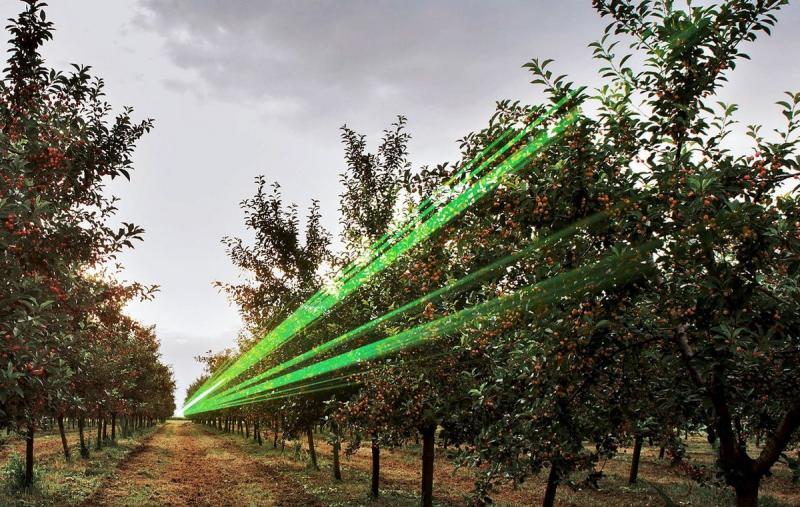
The new technological age requires innovative solutions in all areas of our life, especially in agriculture. Given the increase in population and the volume of consumption of agricultural products - the issue with the modernization of the industry is more relevant than ever.
Today, digital technology has penetrated into the heart of agriculture - robotic analyzers, automated irrigation systems, drones, milking systems and neural networks are the future that has already arrived.
Here are seven current innovations in agricultural technology:
1. Vectorization of bees
Vectorization of bees is a new and effective method of precision agriculture that uses bees to deliver beneficial substances or biological control agents to crops that have been sown. This method is effective in the integrated control of diseases and pests of crops.
The technique uses beneficial organisms and solutions that are delivered by bees naturally to the flowers of nearby crops through the fields. Harmful organisms are either displaced or killed completely. This method increases the resistance of crops to diseases as well as improves plant growth and naturally prolongs the shelf life of the crop.
2. Automated farm equipment
A self-propelled tractor, automatic seeder, robotic tiller, and spraying copter largely solve the problem of a farmer's time and labor shortage.
Such helpers can work around the clock, performing all necessary iterations, while getting higher yields in a shorter amount of time, leaving farmers to plan strategies to improve the quality and quantity of their crops.
3. Vertical Farming
Vertical farming is a lifesaving alternative to arable land lost to urban and industrial development and population growth.
With the technique of growing crops on multi-level vertical or sloping surfaces, vertical farming can produce more crops while taking up less space. The technology integrates perfectly into the urban environment and allows for fresh crops year-round without reference to climate, covering the needs of an ever-growing population.
4. Laser scarecrows
The fight between feathered pests and farmers emerged around the same time as farming itself. To deal with the feathered ruiners, a researcher from the University of Rhode Island invented a laser scarecrow that emits a green laser glow invisible to the human eye in the sun. It is effective because of the birds' sensitivity to the color green. The laser light automatically moves back and forth over the surface of the crop and is effective in scaring the birds away.
There are various versions of laser technology, some of which are solar-powered and have an automatic bird-targeting system. This technology has been well received by pest control companies who claim the device can prevent up to 90% of crop losses.
5. Accurate crop prediction that can independently recognize the size and volume of harvested fruits and vegetables
Croptracker's patented artificial intelligence technology can recognize fruits and vegetables and determine their size to within fractions of a millimeter. The new technology simplifies the fruit and vegetable picking process by eliminating the need for manual control. The program uses computerized scanners to capture and determine crop quality and quantity, and alerts whenever deviations such as diseases, defects and shortages occur so growers can adjust early in the harvesting process. All data is transmitted to a mobile app, where all analysis is done.
6. Real-time kinematics.
Real-time kinematics (RTK) is a new technology used to improve the accuracy of existing GPS signals. This method eliminates most standard GPS errors to within a centimeter. RTK improves GPS or satellite tracking with fixed receivers in the field to more accurately predict crop yields and farm costs. This technology is used to survey the land to agree on the best plant density and treatment plans for the land to be planted.
7. Radio Frequency Identification.
Radio Frequency Identification (RFID) is a technology that uses radio waves to capture and read information stored on a label or tag attached to an object. They have the same functions as the barcode, but they work more efficiently and comprehensively in a farm environment. Unlike the barcode, RFID can also be reprogrammed and can store up to 2 KB of data, including information such as location, date and time of harvest.
RFID technology is used for harvesting, storing and packing crops. It eliminates the risk of costly human error during all organizational processes. With RFID, customers can know the origin of the product they consume, leading to greater customer loyalty and trust.






































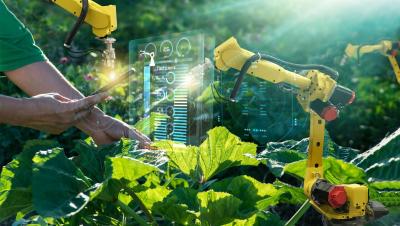
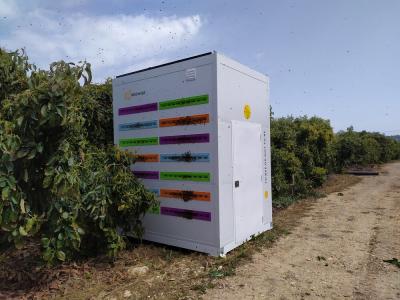
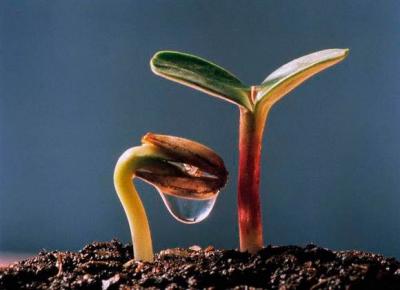
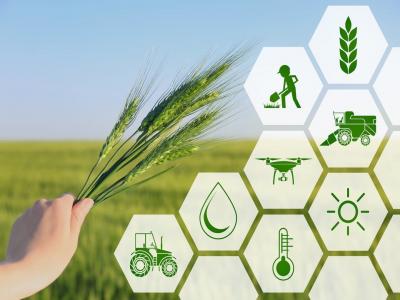
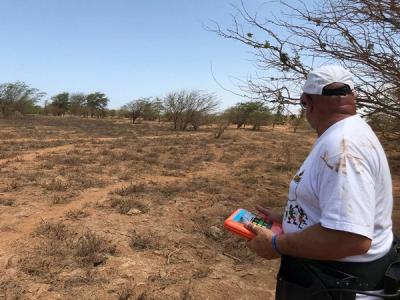

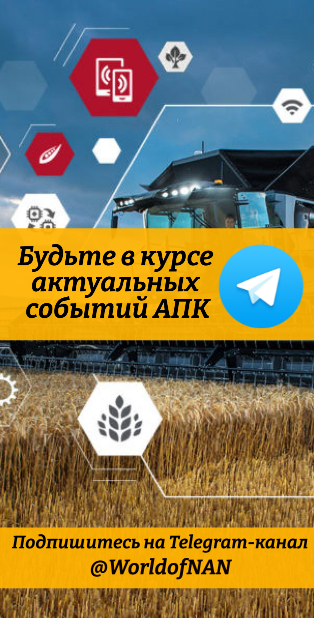

Обсуждение